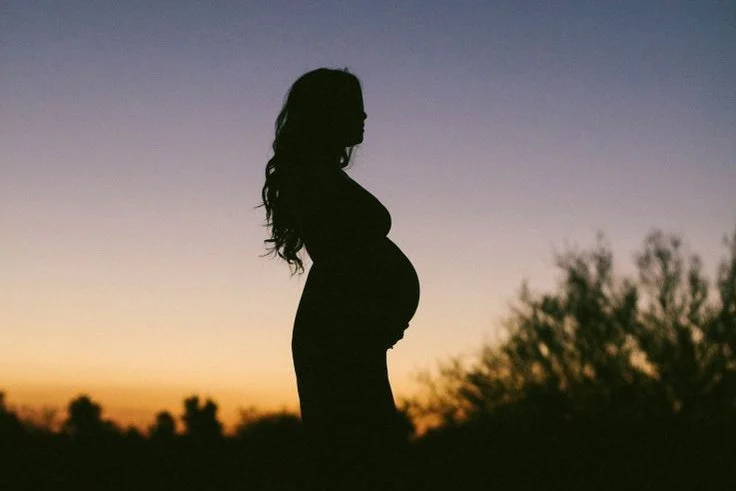One moment, I was swept into a swirling tempest of water, disoriented and gasping for air. As I emerged, panic surged through me—I couldn’t spot my son. Just as I began to panic, his bright red swim shirt bobbed to the surface like a buoyant beacon. Moments later, he surfaced with a grin, buoyed by the thrill of the waves. “That was awesome!” he exclaimed, completely unfazed.
Despite my instinct to hold him tight against the next crashing wave, he wriggled free, his face showing clear indignation. “Don’t hold me, Mom!” he insisted, and any time I tried to intervene in his daring adventures, he would roll his eyes and declare, “I’m fine,” before dashing off towards his father. It became clear that he relished the sensation of being tossed by the waves; for him, those fleeting seconds of uncertainty were exhilarating.
Later that evening, my husband shared a video he had recorded of our beach escapade. Watching myself tense up as I instinctively clutched our son during a manageable wave filled me with embarrassment. This behavior wasn’t an isolated incident; a flood of memories rushed back—each moment characterized by an irrational fear: when my son played near the street, climbed too high in his treehouse, or sped down the sidewalk on his scooter.
How did I transform into this overprotective mom? I grew up with little supervision—a latchkey kid who navigated home alone, took public transport in middle school, and even explored Europe solo in my twenties. So why do I now dread allowing my son to experience life’s little risks?
My husband’s parenting style contrasts sharply with mine. His willingness to embrace risk has fostered a child who confidently tests his boundaries. He taught our son to dive to the pool’s bottom while I stood on the sidelines, fighting back visions of administering CPR. While I hesitated, my husband encouraged, “Do it,” as I expressed my concerns.
I often reflect on my grandmother, who endured trauma when her only son was injured in a 1947 conflict. Though he recovered, the event left her shaken, prompting her to request another child—a “back-up” for the worst-case scenario. Thankfully, my life isn’t filled with such dire situations, yet my fear as a mother of a single child lingers. What if something were to happen to him? Perhaps my anxiety has roots tracing back through generations, embedded in my very essence.
What I realized during our vacation was that it served as a valuable lesson in letting go—letting go of my relentless drive to accomplish tasks, relinquishing the stress that had accumulated over the months, and most importantly, loosening my grip on the need to keep my son shielded from every potential danger.
The truth is, overprotection doesn’t yield a safer child; it cultivates resentment and stifles their growth. While there will be stumbles and scrapes along the way, stepping back allows a child to develop resilience, learning to navigate their own limits. They come to understand that even in moments of chaos, they can rise to safety again. So while I may not clutch him tightly, I’ll remain close by, ready to lend a hand if needed.
This blog post delves into the challenges of parenting and the importance of finding balance. If you’re interested in exploring more topics around parenthood, check out this insightful post on Cervical Insemination that discusses the emotional aspects of family planning. For those considering at-home insemination options, Make A Mom offers a reliable selection of kits. Additionally, Healthline is an excellent resource for pregnancy guidance and information about home insemination.
In summary, navigating the waters of motherhood often requires us to confront our fears and allow our children the freedom to explore their own boundaries.

Leave a Reply